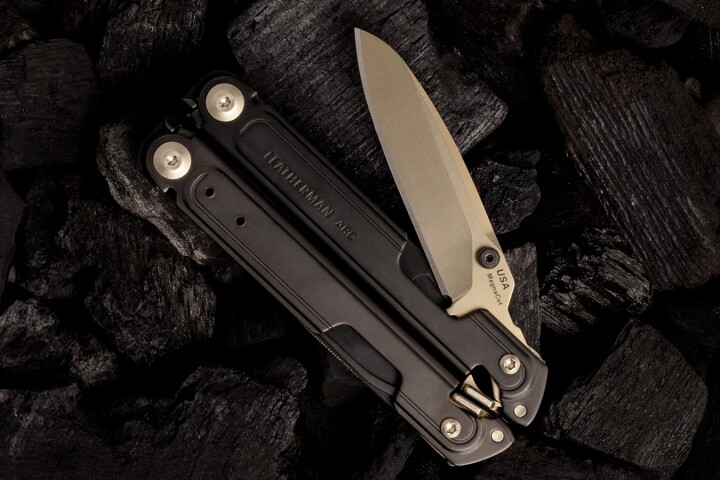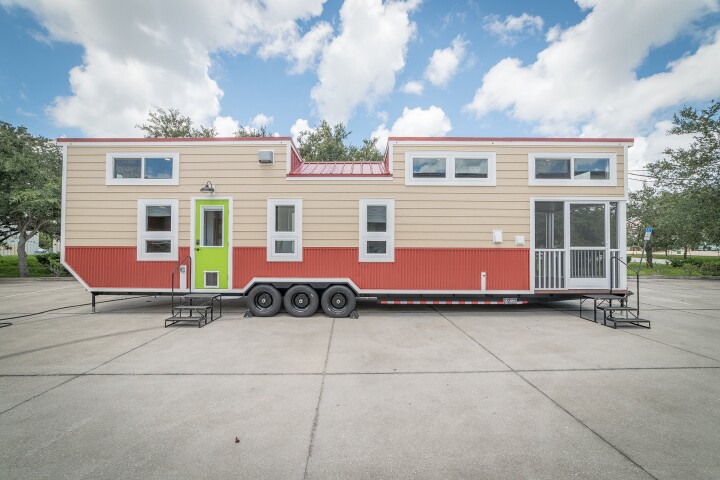Back at CES 2021, Sony revealed plans to launch a new drone business called Airpeak that would be dedicated to taking its Alpha full-frame mirrorless cameras into the air. Now the first drone under that brand has been launched, the Airpeak S1.
Despite being billed by Sony as the "world's smallest drone that can be equipped with a full-size mirrorless interchangeable-lens Alpha camera," the Airpeak S1 is still quite the beast, measuring 20.75 x 23.38 x 20.25 in (52.7 x 59.4 x 51.4 cm) without including the four 17-inch props in the calculation. And the girth expands to 39.88 in (101.3 cm) when the landing gear is raised during flight.

The drone is compatible with a host of Alpha camera bodies, including the 7S, FX3, 7R, Alpha 9 and Alpha 1 (which puts 8K video at the creator's disposal). And Sony has gone all in on in-house components, with the motor, props, control system, and sensing tech all being proprietary.
The company has fitted the S1 with a "unique, high-performance flight control system" that combines infrared ranging data, direction information, barometric pressure, info from the Inertial Measurement Unit, and onboard cameras to optimize performance for the promise of inflight stability and high maneuverability.
Stereo cameras packing Sony image sensors (of course) are mounted front, back, left, right, and bottom, and feed the vision sensing processor with data to help with drone stability (even when GNSS reception is limited), and work with the range-finding sensor for obstacle detection and avoidance.

The agile drone has an unladen top speed of 55.9 mph (90 km/h), maximum angular velocity of 180°/s and max tilt angle of 55°, with the company also saying it can resist wind speeds of up to 44.7 mph (over 70 km/h). It can zip from standstill to 49.7 mph (80 km/h) in 3.5 seconds, without a payload, and fly up to 8,202 ft (2,500 m) above sea level with a payload in tow.
It's reported capable of staying in the air for up to 22 minutes per battery charge, though that's without hauling an Alpha camera around. With an Alpha 7S III and FE 24mm F1.4 GM lens combination attached, for example, that flight time drops to an estimated 12 minutes. Maximum take-off weight is reported as 15.35 lb (6.96 kg).
The Airpeak flyer is supplied with a remote controller, to "support the production of high-quality aerial images and freely control the aircraft," and two operators can work the drone at the same time, one controlling the flight while the other takes care of the gimbal and camera. There's a iOS and iPadOS app available too, which allows an operator to monitor flight information on an iPhone or iPad screen, and a web application called Airpeak Base is available as well, for managing equipment, creating flight plans for automated flight, and keeping flight logs. The pilot can also check aircraft and travel direction courtesy of the tilt-operated 8-MP FPV camera aboard the drone.

This "introductory model" in the Airpeak range will go on sale from September for around US$9,000, and will include two pairs of props, a remote, two batteries and a charger. But professional buyers will need to stump up extra cash for a Gremsy T3 gimbal made specifically for Airpeak drones before they can hang an Alpha camera underneath, and of course that camera is not included either. The video below has more.
Product page: Airpeak S1









